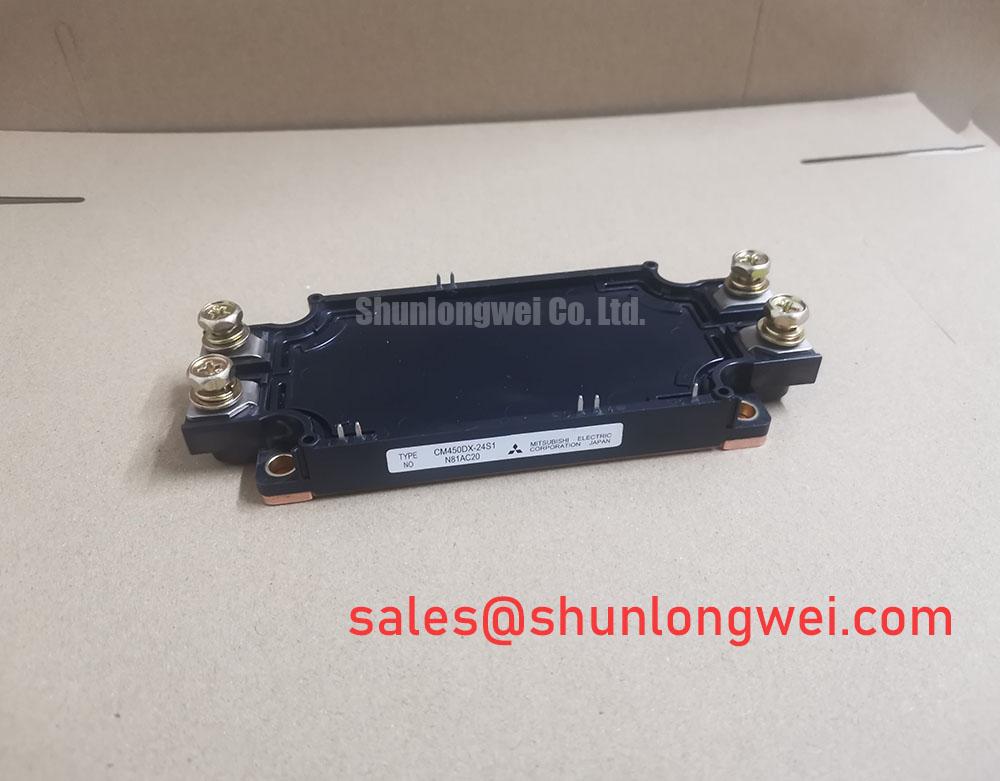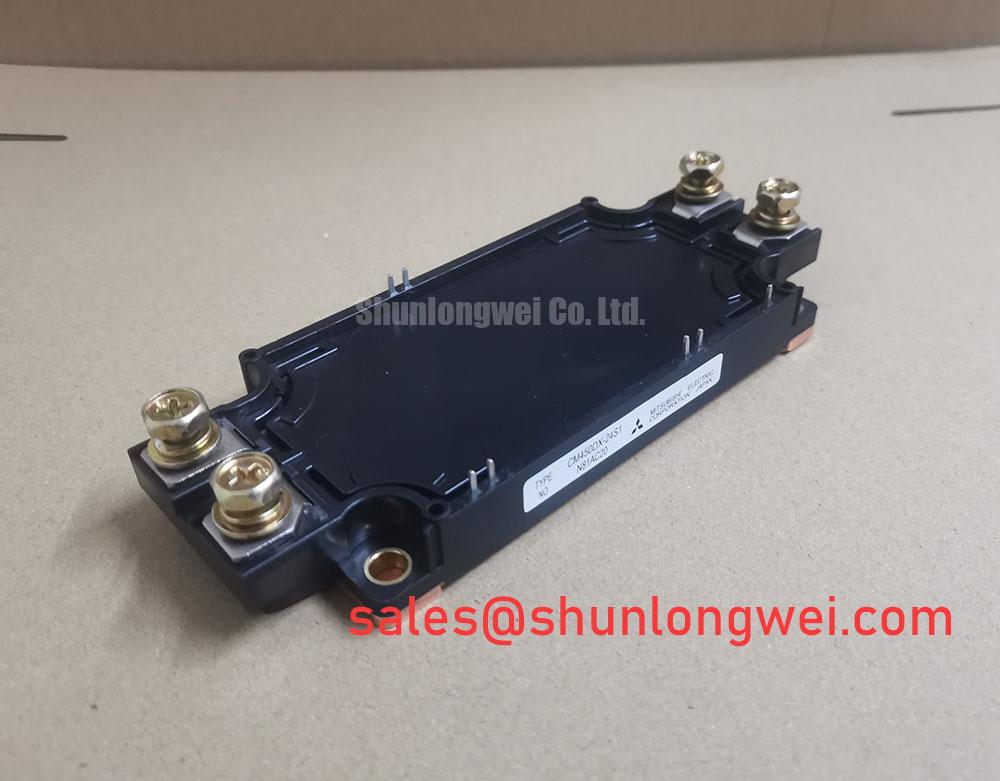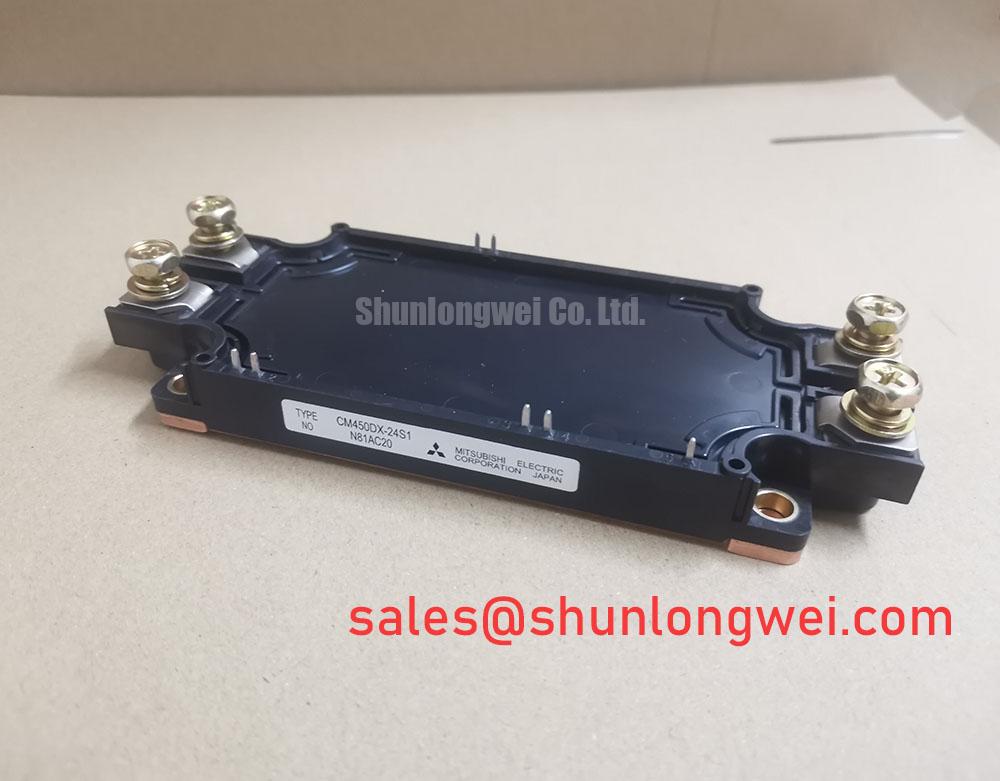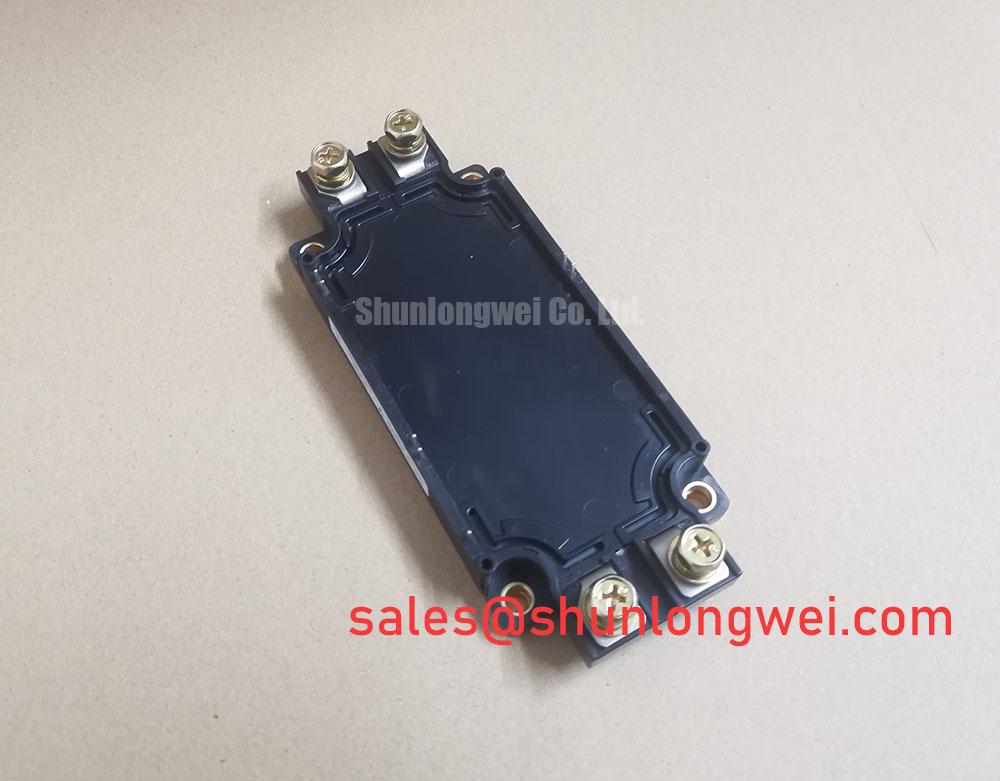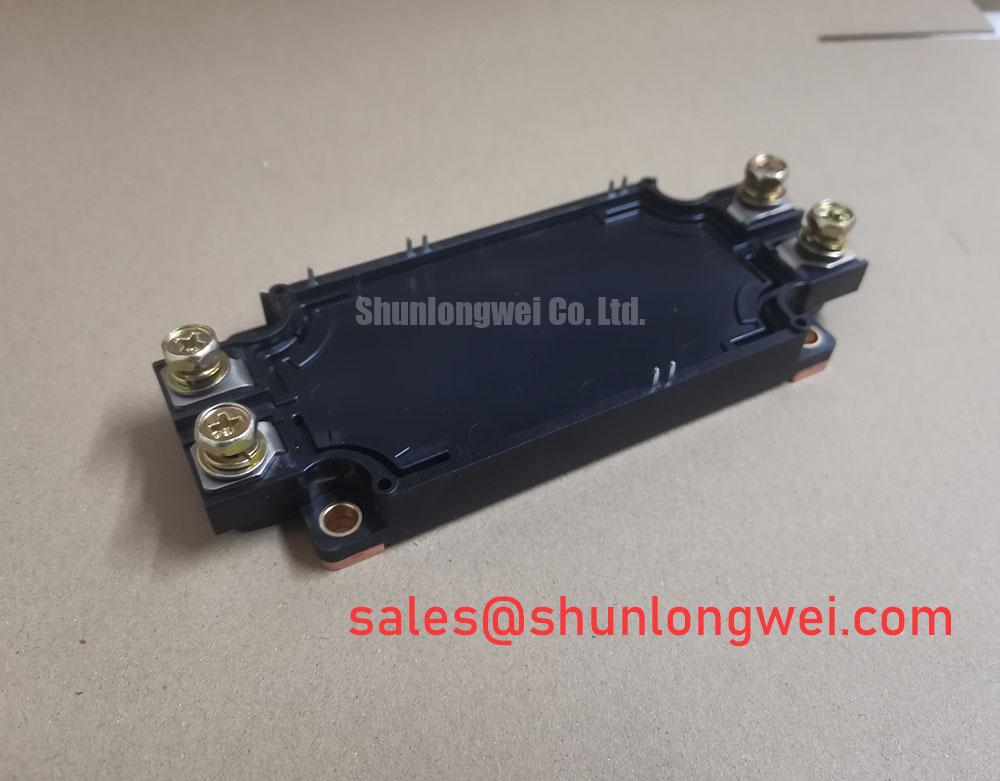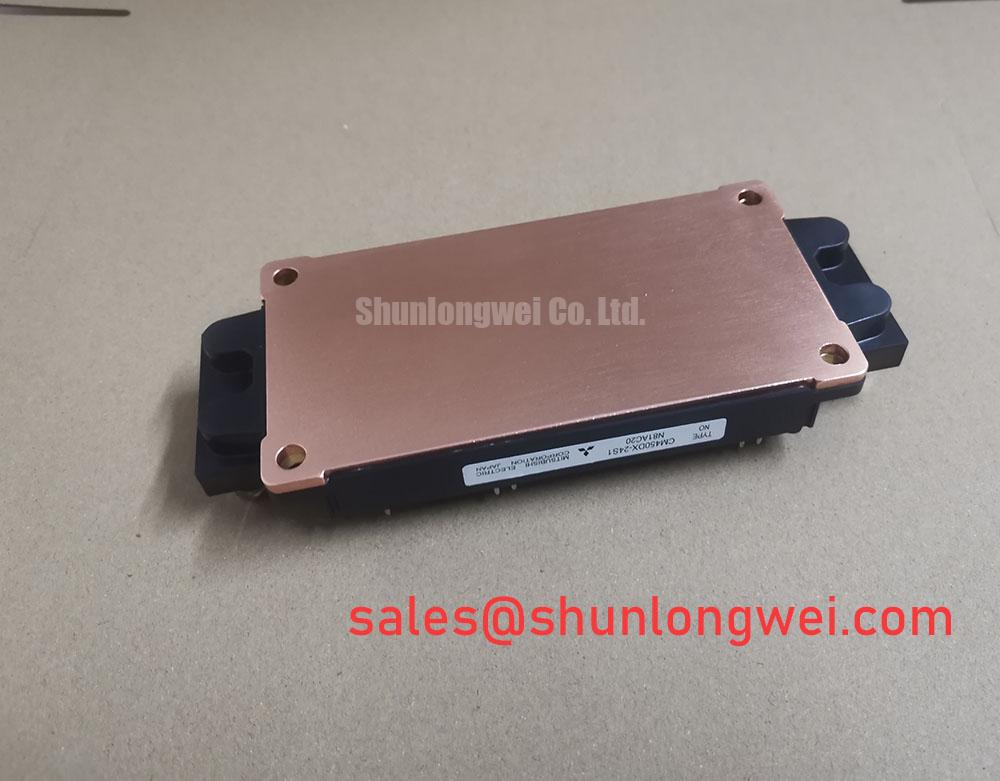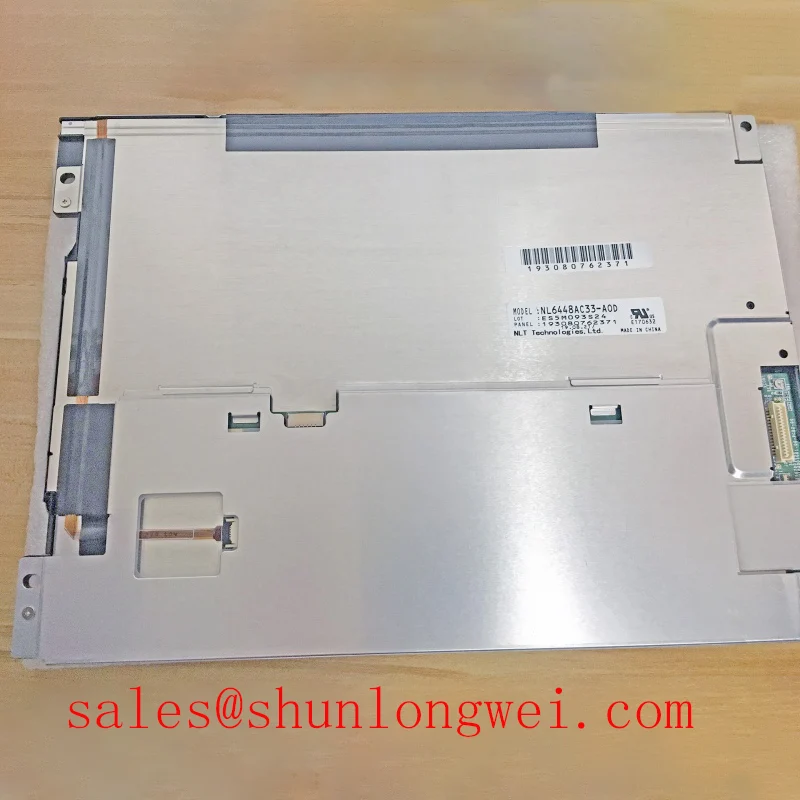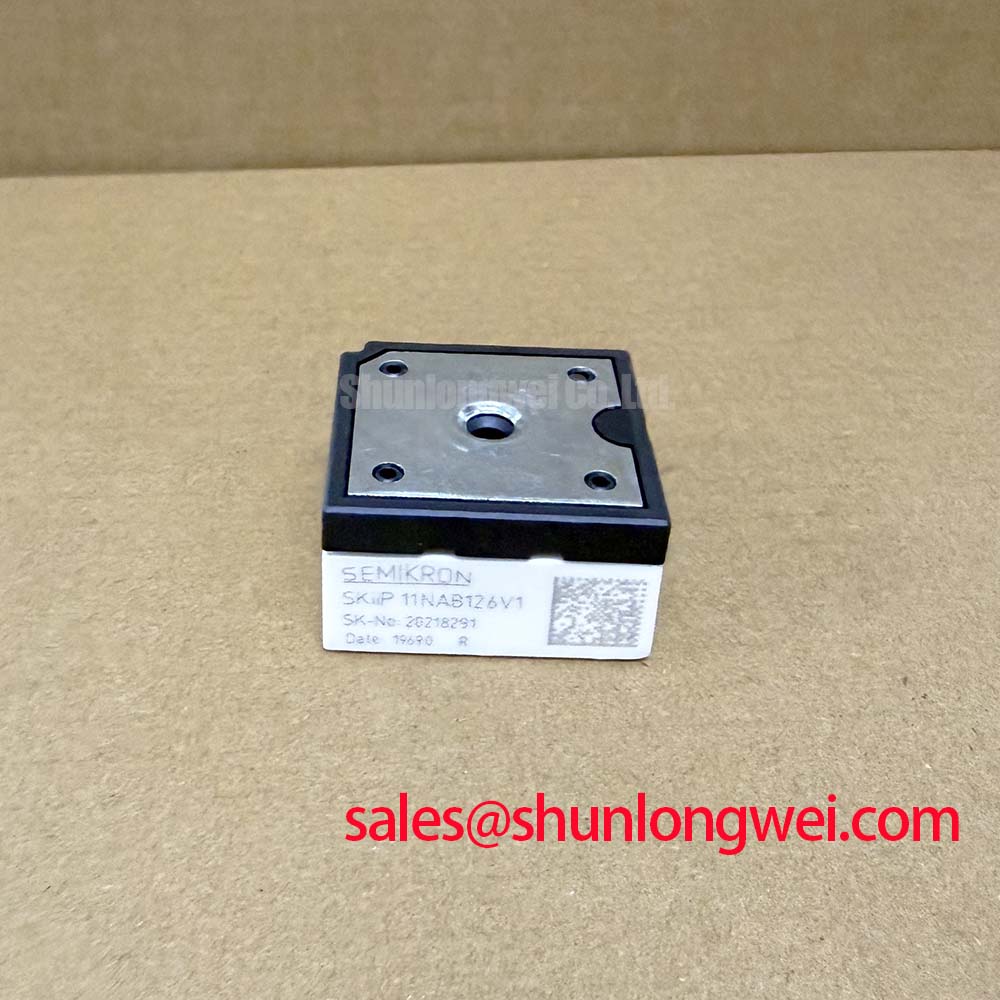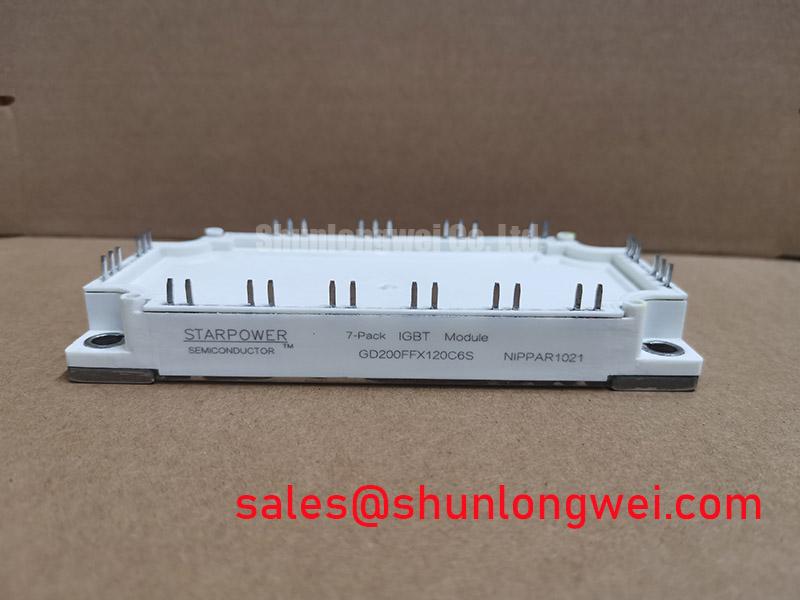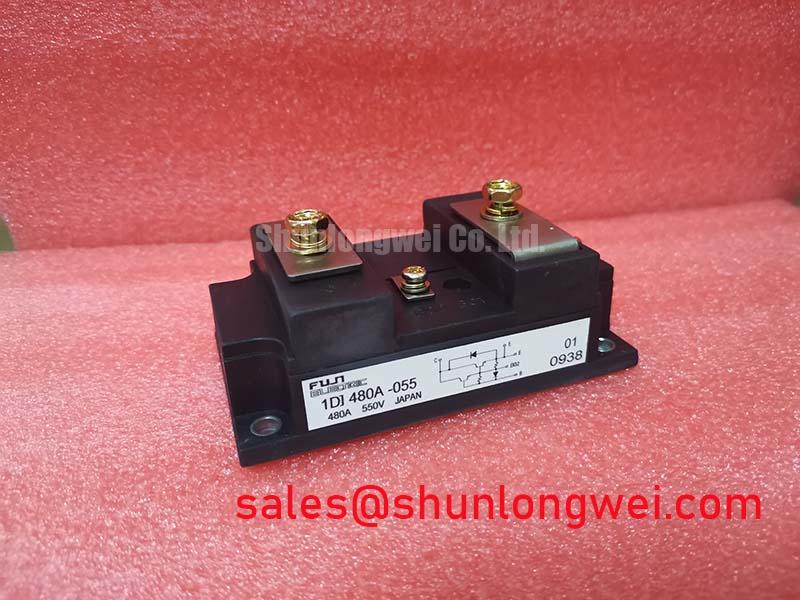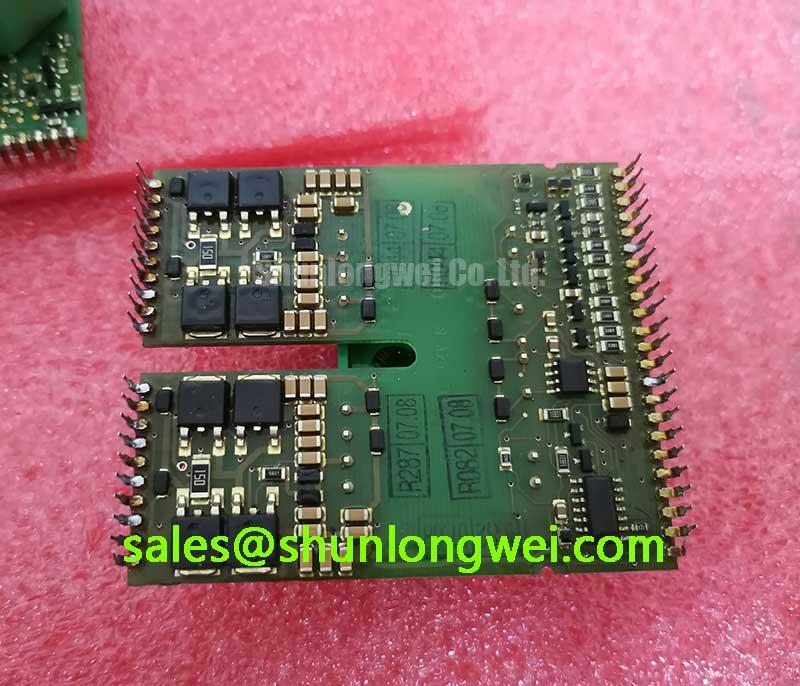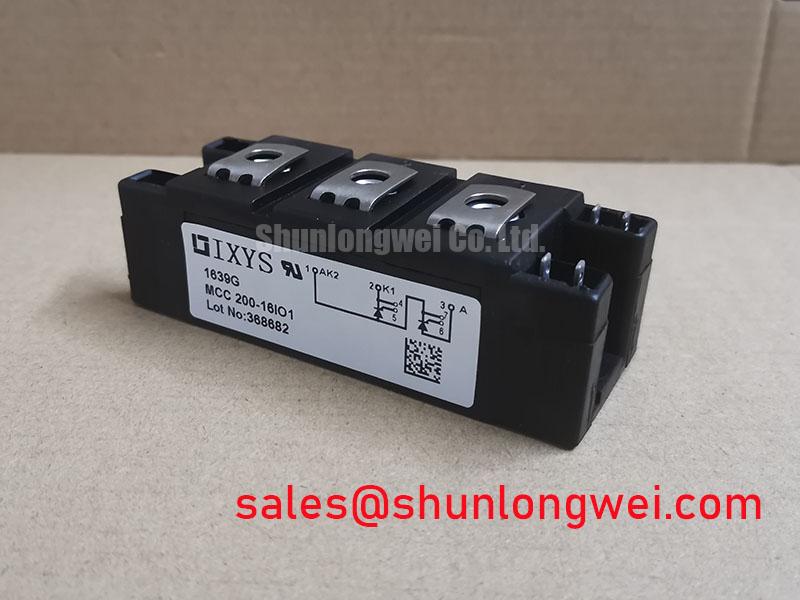Mitsubishi CM450DX-24S1: Engineering High-Reliability Power Systems
Content last revised on October 23, 2025.
Product Overview: CM450DX-24S1 Dual IGBT Module
The Mitsubishi CM450DX-24S1 is a high-power dual IGBT module engineered for exceptional thermal stability and long-term operational reliability in demanding power conversion systems. With core specifications of 1200V | 450A | Tj max 175°C, this S1-Series module provides a robust foundation for high-efficiency designs. Its key benefits include superior thermal cycling lifetime and optimized loss characteristics, directly addressing the critical challenge of maintaining performance and longevity in high-stress applications. For systems requiring robust power handling with a significant thermal margin, the CM450DX-24S1's 175°C operational capability makes it an ideal design choice.
Application Scenarios & Value
System-Level Benefits in Industrial Drives and Renewable Energy
In high-power applications such as industrial Variable Frequency Drives (VFDs) and solar inverters, managing thermal stress is a primary engineering challenge. The CM450DX-24S1 excels in these environments by offering a maximum junction temperature (Tj max) of 175°C. This high thermal headroom provides a crucial safety margin, allowing for more compact heatsink designs or higher power output within an existing thermal envelope. For an engineer designing a 250kW motor drive, this means the system can reliably handle overload conditions without immediate thermal derating, enhancing equipment uptime. The module's internal construction is optimized to minimize thermal fatigue, a common failure mode in applications with frequent start-stop cycles or fluctuating loads. What is the primary benefit of its high Tj max? It enables greater power density and system reliability under harsh operating conditions.
This module's balanced performance makes it a cornerstone for robust power stages. For systems requiring even greater current capacity within a similar package, the related CM600DX-24S1 offers a higher 600A rating.
Key Parameter Overview
Decoding the Specs for Enhanced Thermal Reliability
The CM450DX-24S1 is defined by parameters that underscore its suitability for high-reliability power conversion. The following table highlights the key specifications that empower engineers to design with confidence, focusing on thermal performance and electrical robustness.
| Parameter | Symbol | Value | Conditions |
|---|---|---|---|
| Collector-Emitter Voltage | VCES | 1200 V | VGE = 0V |
| Collector Current (DC) | IC | 450 A | TC = 107°C |
| Collector-Emitter Saturation Voltage | VCE(sat) | 1.70 V (typ) / 2.25 V (max) | IC = 450A, VGE = 15V, Tj = 25°C |
| Max. Junction Temperature | Tj max | 175 °C | - |
| Thermal Resistance (Junction to Case, IGBT) | Rth(j-c) | 0.058 °C/W (max) | Per 1/2 Module |
| Short Circuit Withstand Time | tsc | ≥ 10 µs | VCC = 600V, VGE = 15V, Tj = 150°C |
Download the CM450DX-24S1 datasheet for detailed specifications and performance curves.
Frequently Asked Questions (FAQ)
How does the 175°C maximum junction temperature affect system design?
Operating at 175°C provides a larger thermal budget compared to standard 150°C modules. This allows engineers to either push more power through the device, reduce the size and cost of the required heatsink, or improve the system's lifetime and reliability by operating further from the absolute maximum limit. It's akin to having a car engine with a superior cooling system; it can run harder for longer without overheating.
What is the significance of the non-plated copper baseplate mentioned in the datasheet?
A non-plated, pure copper baseplate offers superior heat transfer and long-term reliability. Unlike nickel-plated baseplates, it avoids potential delamination issues over thousands of thermal cycles, ensuring a consistent and low thermal resistance path from the silicon die to the heatsink. This directly contributes to the module's excellent power cycling capability.
What is CSTBT™ technology and how does it benefit my application?
CSTBT™, or Carrier Stored Trench-Gate Bipolar Transistor, is a proprietary Mitsubishi Electric technology. It optimizes the trade-off between on-state voltage (VCE(sat)) and switching losses. For designers, this means lower power dissipation during both conduction and switching phases, leading to higher overall inverter efficiency and reduced cooling requirements.
Is this module suitable for paralleling to achieve higher current?
Yes, but successful paralleling requires careful design. The positive temperature coefficient of VCE(sat) helps in balancing DC current sharing. However, designers must ensure symmetrical busbar layout to minimize stray inductance differences and use separate gate resistors for each module to prevent oscillations. For in-depth guidance, refer to our guide on achieving balanced current sharing in parallel IGBTs.
Technical Deep Dive
A Closer Look at the Foundations of Thermal Robustness
The reliability of the CM450DX-24S1 is not accidental; it is engineered from the silicon up. At its core, the use of a 7th generation CSTBT™ chip provides a low VCE(sat) of 1.70V (typical), which is a direct measure of its efficiency during conduction. Lower on-state voltage translates directly into less heat generated (P = VCE(sat) * IC), easing the burden on the thermal management system. Think of it like a water pipe with a very smooth inner surface; it allows more water (current) to flow with less friction (voltage drop), generating minimal heat.
This electrical efficiency is paired with exceptional mechanical and thermal design. The module's structure is optimized to withstand mechanical stress induced by temperature fluctuations. This robust construction, combined with the low thermal impedance path created by the copper baseplate, ensures that the heat generated at the chip junction is evacuated swiftly and effectively. This synergy between advanced chip technology and superior packaging is fundamental to the module's ability to operate reliably at 175°C, making it a strategic component for long-life power electronics.
Strategic Outlook for High-Power System Design
Integrating a component like the CM450DX-24S1 into a power system is a strategic decision that prioritizes long-term operational excellence over minimal initial cost. Its high thermal overhead and proven reliability reduce the total cost of ownership by minimizing field failures and extending the service life of critical equipment like Uninterruptible Power Supplies (UPS) and large-scale VFDs. For design teams focused on next-generation power converters, this module provides the performance headroom needed to meet increasing demands for power density and efficiency.

